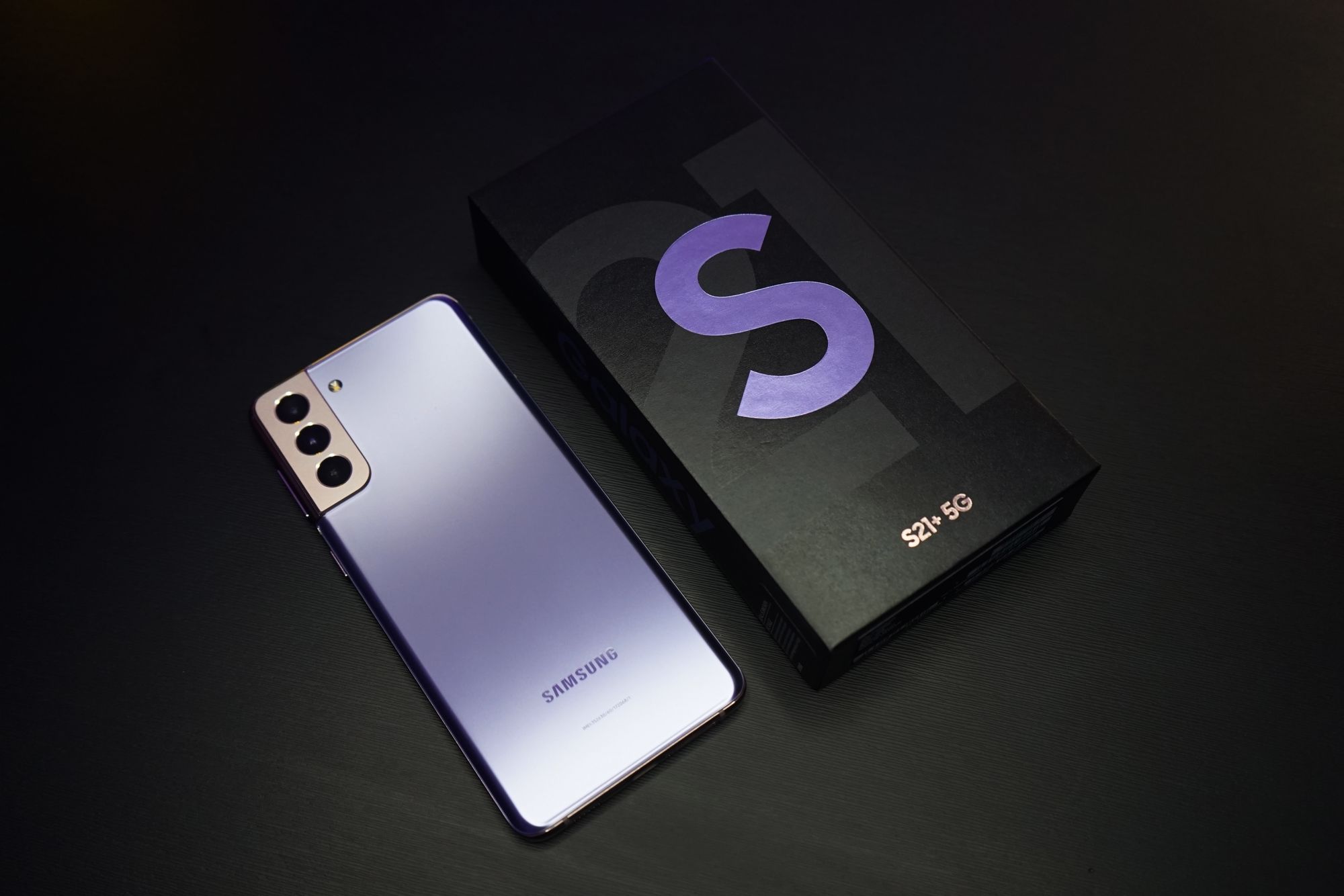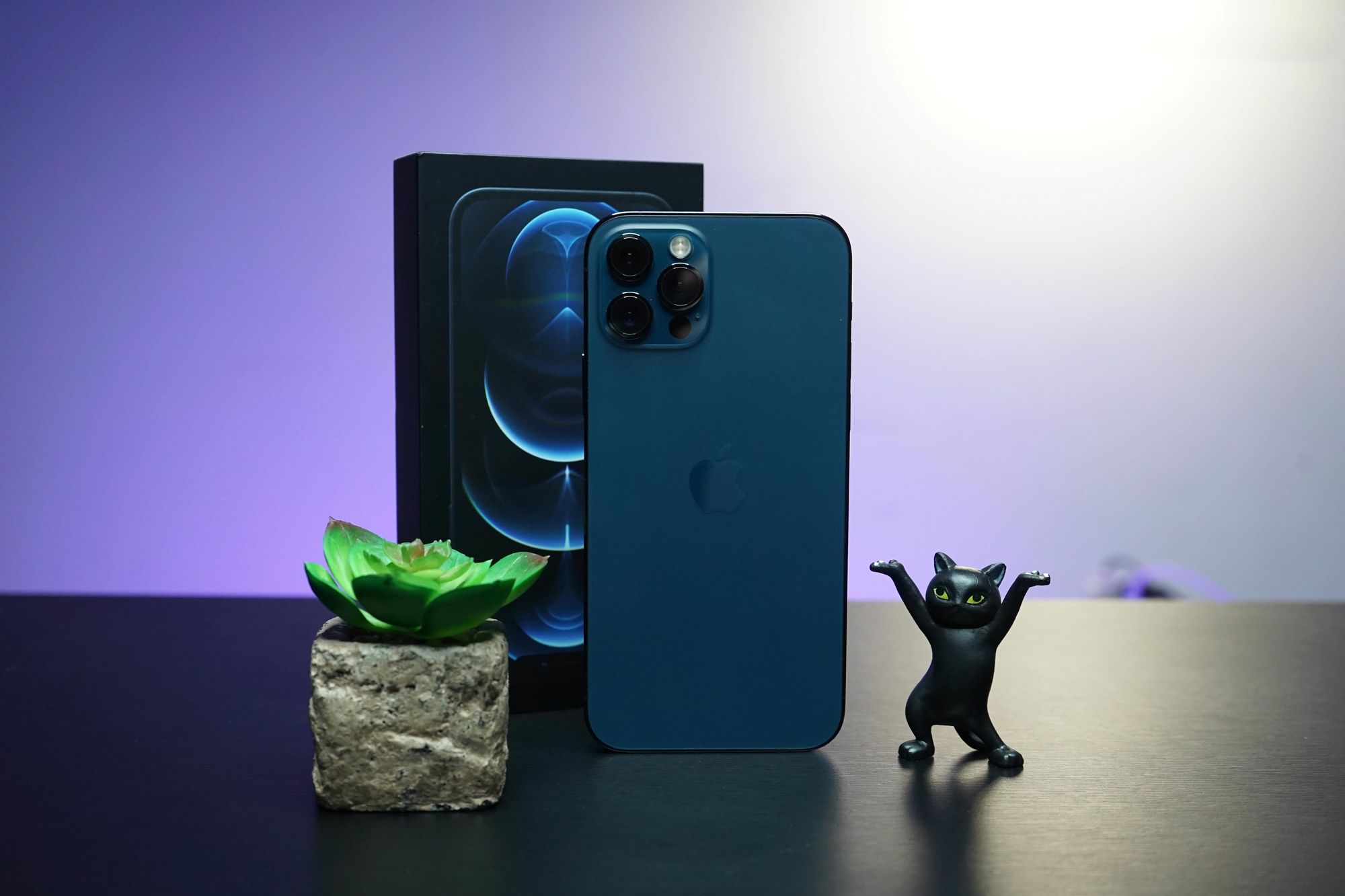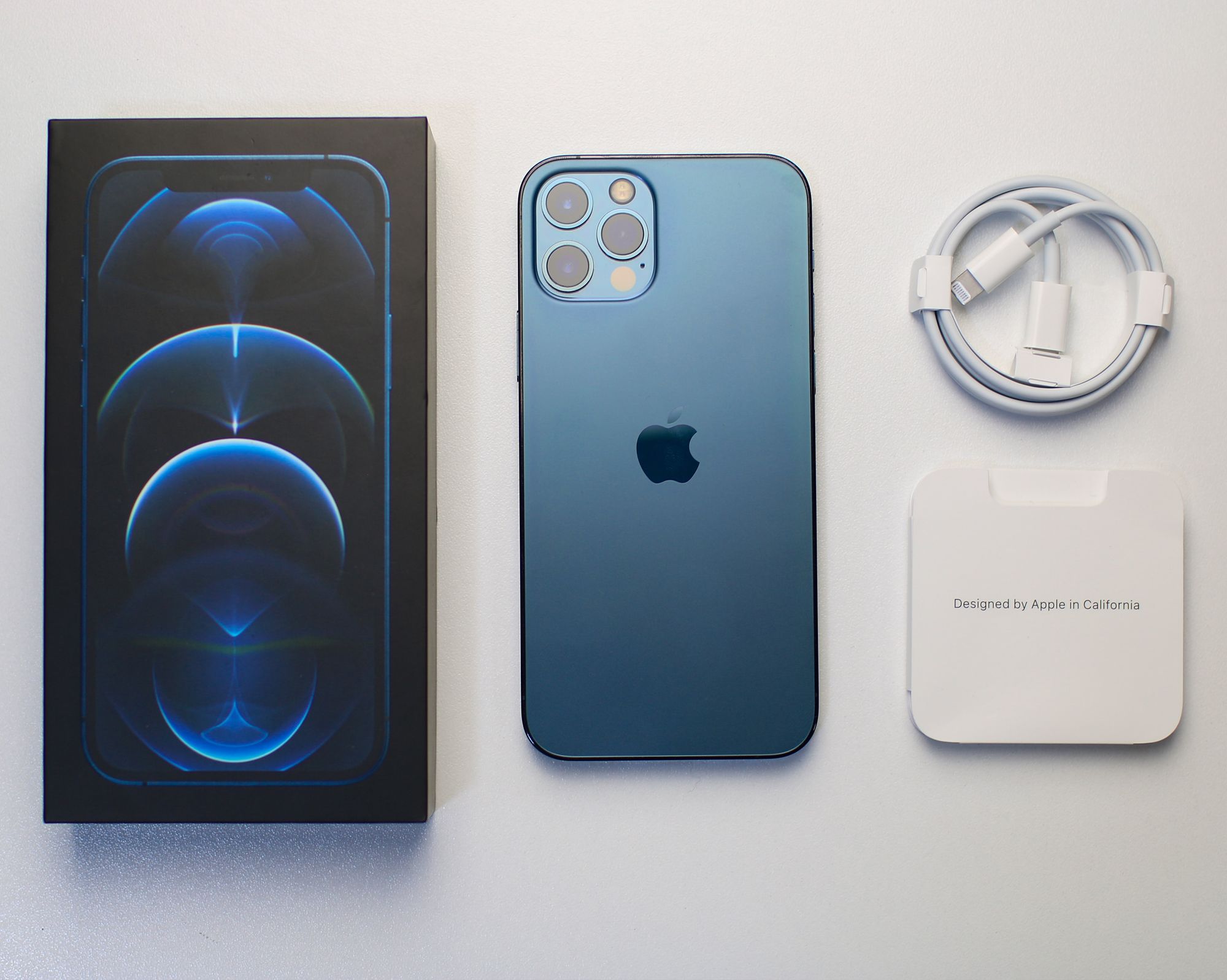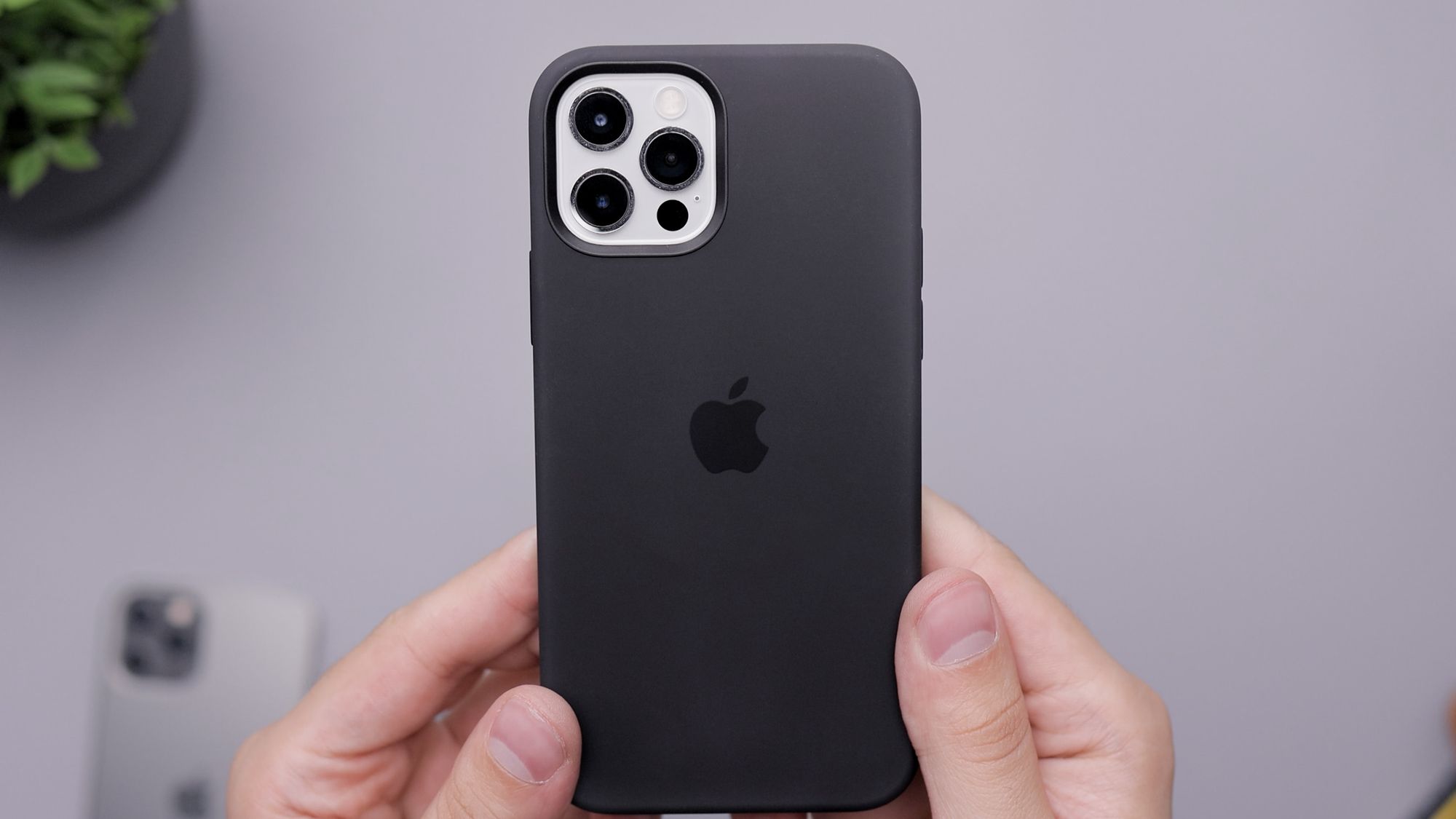What's The Difference Between AT&T And Verizon?
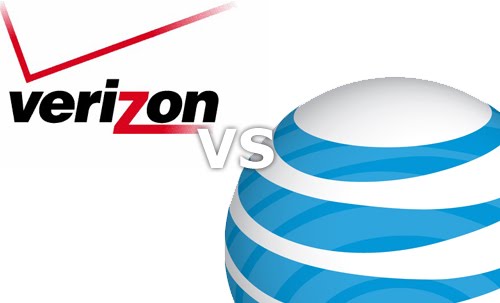
Now that the Verizon iPhone is now being sold on a different network questions arise on the difference between Verizon and AT&T’s 3G networks. AT&T happens to use a wireless technology called UMTS and Verizon uses CDMA.
AT&T’s method uses Universal Mobile Telecommunications System. UMTS is built on the Global System for Mobile Communications (GSM) standard, which is the basis for Enhanced Data rates for GSM Evolution (EDGE). AT&T network shares lots of these traits so the iPhone and other phones on the AT&T network are able to travel around the world and be compatible on almost any network.
GSM and UMTS technology is used worldwide. Meaning, UMTS phones can easily be moved from one UMTS network to another, making them perfect for international use.
On the flip side Verizon uses Code Division Multiples Access (CDMA), this type of network utilizes bandwidth more effectively than other network times and is often considered more efficient. The advantage CDMA has over UMTS call wise is soft handovers. Instead of switching from one tower to the other, CDMA can receive signals from multiple towers simultaneously. This not only lowers dropped call rates but the switch is smoother and almost undetectable.
Both phones have both its advantages and disadvantages. For one, CDMA can’t use a SIM card and switching from handset to handset is difficult. UMTS devices also tend to have a faster download and upload rates over CDMA. Where CDMA ultimately lacks is the ability to carry voice and data simultaneously. It cannot be done, AT&T phones can have a call and surf the internet but Verizon phones can only do one at a time.
A vast majority of the users on both networks will not notice any difference and only the most advanced users will be able to notice the differences. Calls in general will not drop as frequently on the Verizon network. AT&T does have slightly faster 3G speeds but it isn’t noticeable. And lastly, AT&T network is only able to take voice calls and surf the web at the same time.
These results and differences won’t last for long. Verizon’s new LTE network is supposedly to be able to handle both voice and data at the same time and bring even faster 4G speeds to the table. For now you have your information and users can decide which service they find better.

